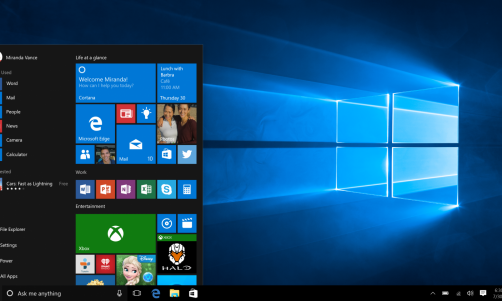A new anti-seizure pill is the first-ever 3D-printed medication approved by the Federal Drug Administration (FDA). In recent years, the FDA has been adapting to the new technologies, as 3D printers produced prosthetics and other medical devices. However, it is the first time when FDA approved the production of a pill by 3D-printing techniques. This drug called Spritam could not be produced by conventional manufacturing methods.
Traditional plastics 3D-printing is done by heating a polymer and building an object by applying it layer by layer. The new 3D-printing technology used for manufacturing the drug is called ZipDose. The technique was developed by Aprecia Pharmaceuticals and is somehow similar to traditional 3D-printing. A precise dose of the medication is manufactured by building each pill layer-by-layer in order to form a porous material. The pills dissolve when is taken with water, delivering up to 1000 mg of the active ingredient.
The pill is based on a molecule that is not actually new. Spritam (levetiracetam) is innovative not because Aprecia Pharmaceuticals has found a new seizure disorders treatment, but because the 3D-printing method ensures a more effective delivery model. In traditional pill form, Levetiracetam is already sold under a variety of names. The generic prescription medication is available in both the U.K. and U.S.
According to Aprecia Pharmaceuticals, 3D-printed Spritam is just the first step into a new world of 3D printing pills. The drug contains a single active ingredient. However, 3D printing could open many new possibilities. For example, 3D-printed pills would make it possible producing custom-made medications for each patient, in any required dosage.
The pharmacy of the future could simply 3D print a single pill with all the required drugs in proper dosage, rather than forcing patients to take multiple different pills containing each just a few hundred milligrams of active ingredients.
Such a system could allow doctors to adjust medication doses and vastly reduce patient error when taking medications. Before 3D-printing technology to make possible this sort of customization, it would have been prohibitively expensive to implement such a system.
According to Aprecia Pharmaceuticals, the company will begin selling Spritam in the U.S. in early 2016. No further plans for 3D-printed medications were announced yet by the company, but after the FDA approval of their pill it is certain that the future belongs to 3D printed medication. Perhaps other pharmaceutical companies already work on similar projects. Thanks to 3D printing, we have now a better medical technology.














